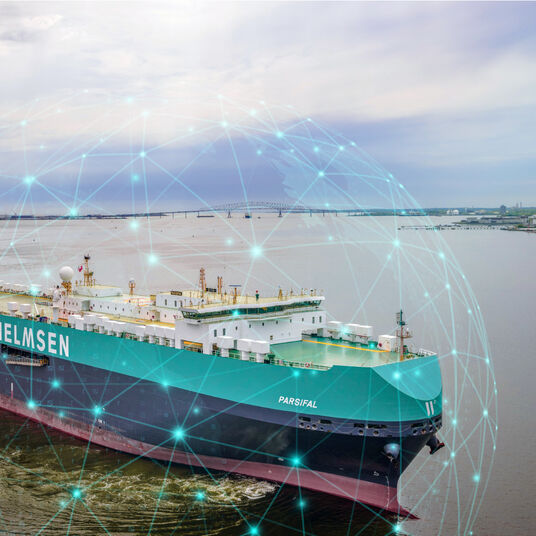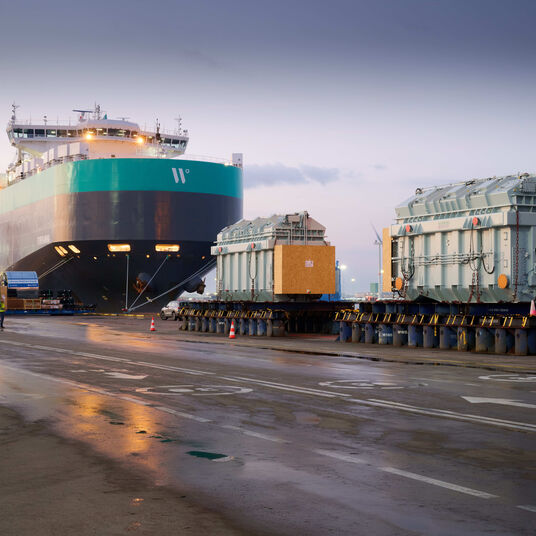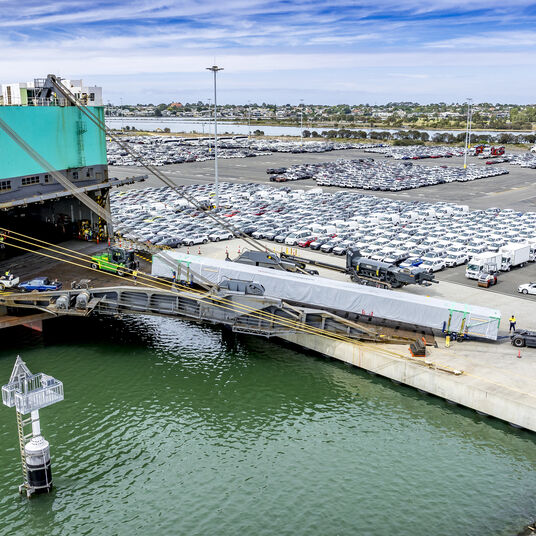Germany’s roadblock: Infrastructure investment long overdue
As an ocean carrier we not only care about what happens at sea, but also the pre- and on-carriage of our customers’ cargo. One of our main concerns is the accessibility of the ports which is becoming an increasing threat for the industry.

In Europe we face the biggest problems in one of our most important countries. The road infrastructure in Germany is leading to increasing challenges for the machine and project industry. Due to the federal state system, individual transport permissions need to be issued separately for each federal state the cargo is passing through.
Whereas in neighbouring countries like Belgium or the Netherlands the processing time for such a permission goes fairly quick, in Germany, manufacturers and transport companies might have to wait up to six weeks. And since lead time depends on the number of applications in queue for each individual state, it is difficult to plan ahead. Clearly this puts a lot of pressure on the transport chain, making last minute moves to the port almost impossible.
Once such transport permissions have been granted, the dilapidated infrastructure of highways and bridges creates another hurdle for German exporters. Over the past decades the German government has missed to invest in the renewal and reinforcement of new and existing roads and bridges. Consequently, the maximum weight capacity of many bridges has been restricted over the last years to extend the life cycle of such buildings until a repair or replacement can be done.
Ultimately, the transport companies are forced to take detours to the ports, sometimes up to 50% longer compared with the shortest routes. This leads to longer transit times and higher costs.
Too little, too late
The German government has already reacted and increased its yearly investments in the national road infrastructure to 7 billion Euro per year. But what has been neglected for many years cannot be fixed overnight, especially as construction resources are limited. As a result shippers are looking for alternatives wherever possible.
While the main production places in Southern Germany are well connected by rail and inland waterways to the German seaports, these options are also not without restrictions, both legally and physically. Therefore shipping via Dutch or Belgian ports, where road weight limitations are higher and permissions are issued much faster, is a solution gladly used in many cases.
There is certainly a great concern that the limitations of the local infrastructure will become a threat for the competitiveness of the German machine and project industry in the global marketplace. Other production facilities might get a bigger share of the production and eventually this might even lead to moving production completely.
German engineering and its products have an excellent reputation around the world. Creating a stable environment and good infrastructure should be of the utmost importance for the German government, in order to ensure a successful future of its machine industry.


